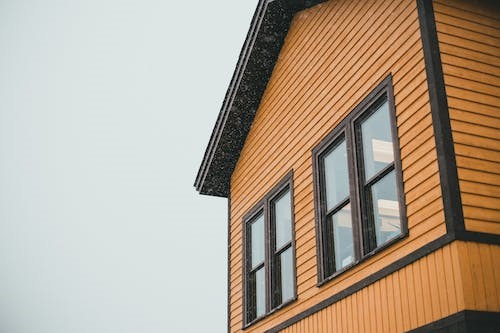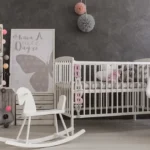A home is where we are at our most comfortable. It is our castle, our fortress, our place of safety and peace from the happenings and goings of the outside world. It is where we choose to rest and eat, where we choose to spend time with and raise our families. Whether for one person or many, their home is a place of safety, security, and peace.
But if a home is that and more for us, then its protection and upkeep are just as important to us. From the structure to the foundation, a healthy home is a good home. Maintaining a home can involve numerous tasks, from plumbing to locksmiths or even building. But some of the most important parts of the home are its roof and its walls.
The roof of a home is its tower, and its walls are fortification. They protect the majority of a house from the elements, ensuring that nothing comes through be it rain, wind, hail, heat, or cold. But like any part of the home, they must be maintained, and it can be done through a variety of different ways like cleaning the gutters or replacing the shingles. But the most popular way, and the best way, is through siding.
What Is Siding?
Siding is a protective material (see more here) that is attached to the outer section of the wall of a house. As with the roof and walls of the house, the siding is the first line of defense for a home against the nature of the elements. Though used primarily for protection and practicality, the siding can at times also add to a home’s beauty or detract from it.

Siding Materials
There have been a variety of materials, both natural and artificial, used for the siding of a home. Each of them has their own unique advantages and disadvantages. Some of these include:
- Wood– wood is a versatile and quite common form of siding, able to be used on a variety of different structures. It does, however, also require the most maintenance and upkeep of the other materials, as wood is more prone to rot and infestation from ants, termites, and other pests.
- Stone- stone is a simple but durable form of siding and can be decorative as well. Like wood, it is also prone to the mercy of the elements, especially weathering, though not for many years. Stone is also one of the more expensive options for siding.
- Plastic- also known as vinyl. It has a plethora of color palettes and additional styling choices to be used for the walls of a home. However, due to its appearance, composition, and its lack of insulation compared to other materials, it is not the most favorable choice.
- Thatch- an ancient, near-extinct, but still viable material for siding. Thatch is comprised of dry vegetation such as straw or reeds and weaved in a way to deflect and direct the flow of water on its surface away from the home. This method has been around for centuries and is still viable in some places. However, the other materials listed above are far more durable and superior to thatch.
There are other materials to be named of course, but these are the most known and common. Either one (aside from thatch) is a great material to use for your home in modern times. However, there is another composite that should be considered for the siding of your home; one that has the durability and foundation to protect your home. The material that I’m speaking of is aluminum siding.
What Is Aluminum Siding?
As the name may suggest, aluminum siding is composed of metal. It was first introduced to the general populace in 1930, as it was at the time an affordable, durable, and low-maintenance material for siding. Though it lost some of its popularity because of the war effort back then, it has become popular again in recent times.
Advantages Of Aluminum Siding
It is a great material for both insulation and durability, especially in colder climates and seasons, and requires very little maintenance as well to maintain throughout the years. It is highly resistant to denting and very insect-proof, leaving your home like a fortress and free of bugs. It also has a great price point, being around 2$ per square foot, making it one of the more affordable options for fortifying (siding) your home. If all that isn’t enough, there is also the caveat that it’s completely recyclable as well.
Disadvantages of Aluminum Siding
However, despite its advantages, it does not come without its disadvantages. Aluminum siding though resistant to denting, can still be prone to scratches on its surface. It can also be on the noisier side as aluminum, like other metals, will expand and contract with climate changes.

Where to Get Aluminum Siding
There is no shortage of companies who can both provide and furnish your home with aluminum siding or other materials that you may prefer. They can be found with a click of a mouse on your search engine, a short drive to your nearest department or furnishing store, or even a quick glance through the yellow pages. Some popular choices of course include the likes of Home Depot, TrustAmato.com, Lowes, BBB, and more. This of course all depends on your personal preference and choice of where you choose to shop and for what you want to shop.
Conclusion
The protection of your home is important, and to protect it proficiently, you need siding. Though there are plenty of choices available, aluminum may be the best choice for you and your home when it comes to protection, stability, foundation, and safety. But whatever the material, whatever the cost, whatever your preference, siding is an essential piece of your house’s foundation. Keep your castle secure and do it with superior siding.
For more information on siding and other tidbits of house maintenance, check out this link https://www.newhomesource.com/learn/common-roof-terminology/.






